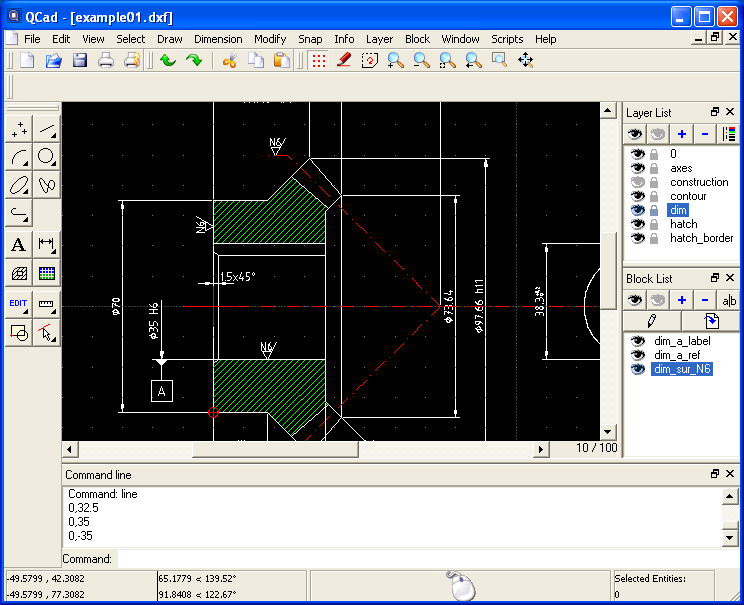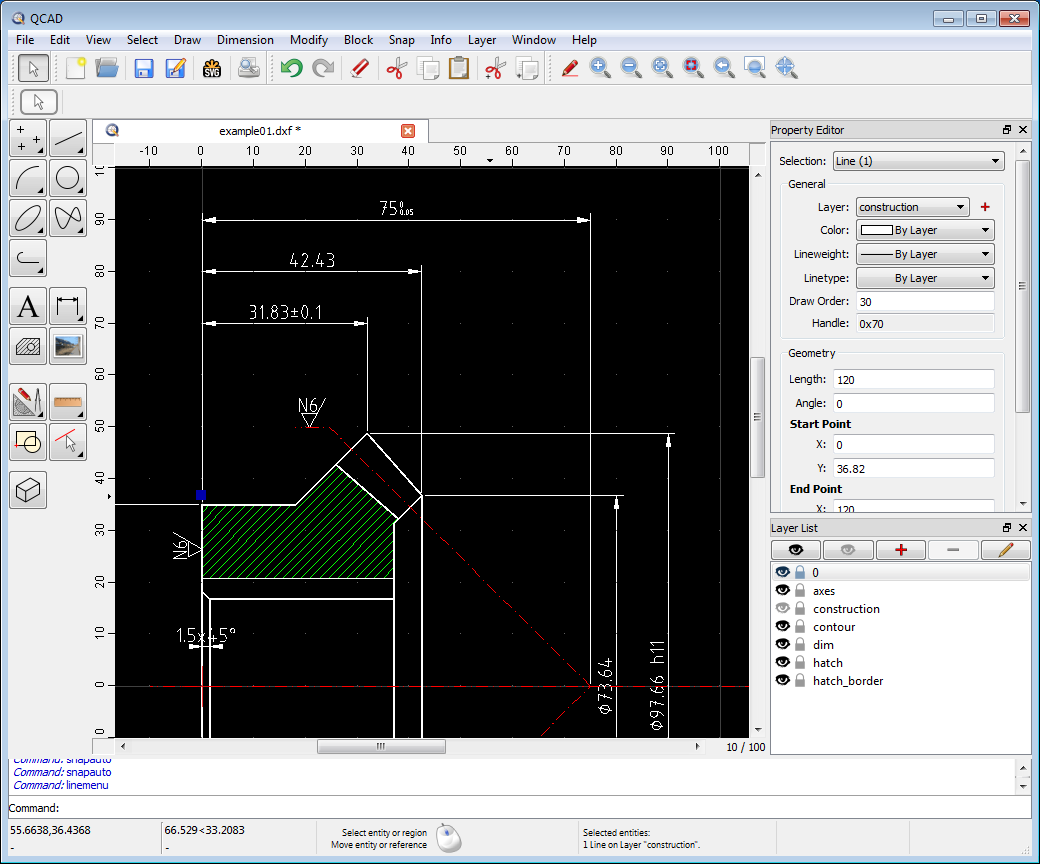

Stems are almost always the same width, whatever the character, but you might notice that the size of the serifs is slightly larger on the uppercase ‘H’. Extend the strokes from the edge of the characters and notice the angles and proportions. You will notice that serif typefaces are based on the principles of symmetry and order. Don’t worry if your attempts look a little messy-the aim of this exercise is for you to become comfortable with drawing type, and to observe the characteristics of the typeface and the similarities (or differences) between each character. Alternate between using your ruler and drawing strokes by hand. Now you can start to draw the characters. If you’re working in InDesign you can also switch on the baseline grid (View > Grids & Guides > Show Baseline Grid) to more easily see how the proportions of the characters line up with each other.īlow up the characters at large scale on your screen, or zoom in. These are good characters to pick, as they display a range of different features: two vertical stems and a crossbar on the ‘H’, an aperture and serifs on the ‘n’, a fully enclosed counter on the ‘o’, and a sweeping descender and diagonal arms on the lowercase ‘y’.

Type the following characters: ‘H n o y’, with a space between each. To practice drawing a typeface it’s best to pick a serif to draw at first, as sans serif typefaces have more subtle features, and can be more tricky to draw accurately if you’re a beginner. Select a classic Serif typeface, such as Adobe Caslon Pro, which is shown here, or Garamond.
FONTS TO USE IN QCAD DRAWING SOFTWARE
Open a software program where you can easily edit text, such as Adobe InDesign, or even Microsoft Word or Pages. This is your own writing grid, on which you can practice drawing typefaces. You can repeat the sequence of lines, using the same measurements from Step 1, to create a page filled with lines. Swot up on your typography terms, such as x-height and baseline, in my article on The A to Z of Typography. Mark out the top 10 mm third of the total height between the lines and draw a third horizontal line with your ruler and pencil, pressing down more lightly to make a slightly fainter line. The lower line represents the Baseline, and the top line is the Cap Height. This has the benefit of ensuring both lines are perfectly parallel. Otherwise, simply create two horizontal lines, 30 mm apart. If your ruler is a standardised 30 mm-wide ruler, you can keep the ruler in place, and draw a second line along the bottom edge of the ruler. Take your sharpened pencil and, pressing down moderately hard, draw a line above the top edge of the ruler. Lay your ruler flat across the page, at a horizontal angle, as straight as you can make it. This will prove useful when we start to refine our own handwritten characters, and optimise them for digitisation. This is also really useful as it makes you more aware of the key characteristics of a typeface, and makes you more able to recognise common features (consistencies) between different characters within a typeface. I find the best way to do this is to practice drawing a typeface. You should first get into a more natural mode of writing. When you suddenly become very aware of your own handwriting, it can start to look unnatural. You probably write scribbled notes or lists every day, but you’re rarely conscious of your handwriting. What you’ll need for the first part of this typeface drawing tutorial:
FONTS TO USE IN QCAD DRAWING HOW TO
How to make a handwritten font in Illustrator.How to scan and digitize your handwritten script font.

What You Will Learn in This Typography Drawing Tutorial


 0 kommentar(er)
0 kommentar(er)
